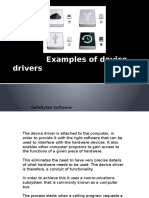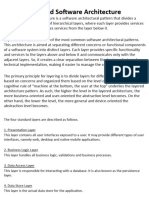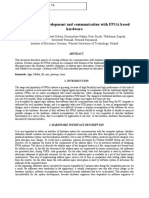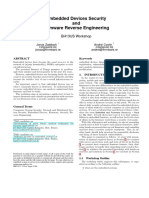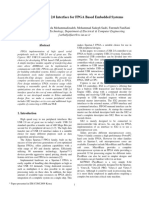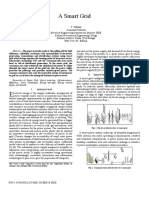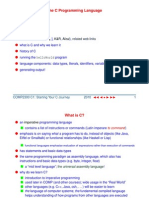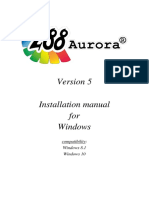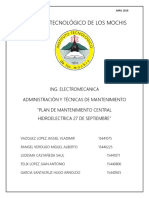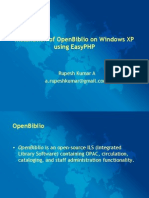0% found this document useful (0 votes)
86 views20 pagesDeveloping Reusable Device Drivers For Mcus
The document discusses developing reusable device drivers for microcontrollers. It covers organizing driver code into layers, defining application programming interfaces, using pointer arrays to map to peripheral registers, and example driver designs for digital I/O, SPI and other peripherals.
Uploaded by
vishalkumarCopyright
© © All Rights Reserved
We take content rights seriously. If you suspect this is your content, claim it here.
Available Formats
Download as PDF, TXT or read online on Scribd
0% found this document useful (0 votes)
86 views20 pagesDeveloping Reusable Device Drivers For Mcus
The document discusses developing reusable device drivers for microcontrollers. It covers organizing driver code into layers, defining application programming interfaces, using pointer arrays to map to peripheral registers, and example driver designs for digital I/O, SPI and other peripherals.
Uploaded by
vishalkumarCopyright
© © All Rights Reserved
We take content rights seriously. If you suspect this is your content, claim it here.
Available Formats
Download as PDF, TXT or read online on Scribd
/ 20









